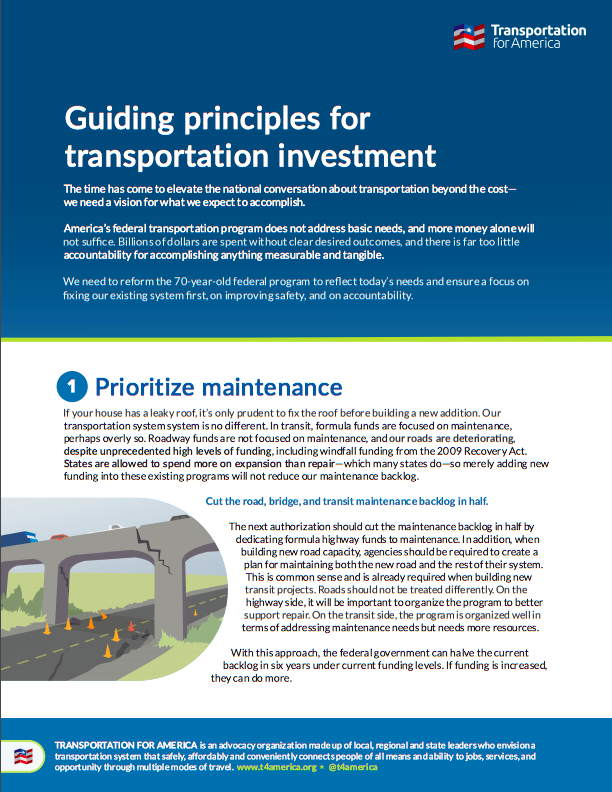Could another new passenger rail line be facing the ax?
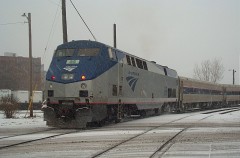 Potentially following in the footsteps of Wisconsin and Ohio, the Republicans in the state legislature are considering the possibility of killing Iowa’s portion of a planned higher speed passenger rail line from Chicago to Iowa City that would pass through the Quad Cities and the new Moline (Ill.) multimodal transportation hub funded by a TIGER grant.
Potentially following in the footsteps of Wisconsin and Ohio, the Republicans in the state legislature are considering the possibility of killing Iowa’s portion of a planned higher speed passenger rail line from Chicago to Iowa City that would pass through the Quad Cities and the new Moline (Ill.) multimodal transportation hub funded by a TIGER grant.
Debunking some myths about the gas tax in a new report
A new report out today contains some fascinating facts about the federal gas tax – a subject sure to be of great contention as this new Congress tries to decide whether to raise it and how best to spend it. “Do Roads Pay for Themselves? Setting the Record Straight on Transportation Funding,” a report from the U.S. Public Interest Research Group.
Smarter transportation case study #9: New Mobility Hub Network in Chennai, India
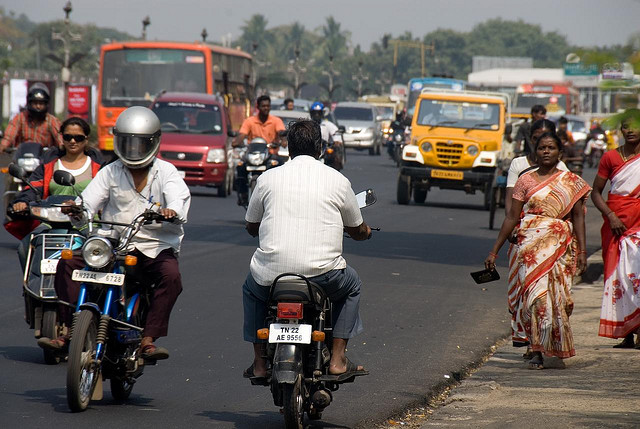 Automobile use in Chennai, India is growing by 13 percent a year and a new transportation hub has helped to integrate the city’s diverse transit network for both residents and visitors. Our new report on smarter mobility demonstrates how existing and emerging technologies can squeeze more capacity from over-burdened highways, help commuters avoid traffic delays and expand and improve transportation options, all while saving money and creating jobs. (From our series of 14 case studies.)
Automobile use in Chennai, India is growing by 13 percent a year and a new transportation hub has helped to integrate the city’s diverse transit network for both residents and visitors. Our new report on smarter mobility demonstrates how existing and emerging technologies can squeeze more capacity from over-burdened highways, help commuters avoid traffic delays and expand and improve transportation options, all while saving money and creating jobs. (From our series of 14 case studies.)
Smarter transportation case study #8: Bus Rapid Transit Priority in Salt Lake City, Utah
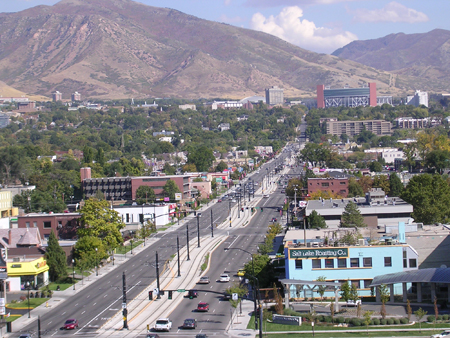 Rapid growth and a growing tourism industry prompted Salt Lake City officials to bring increased efficiency and connectivity to the area’s bus system. Our new report on smarter mobility demonstrates how existing and emerging technologies can squeeze more capacity from over-burdened highways, help commuters avoid traffic delays and expand and improve transportation options, all while saving money and creating jobs. (From our series of 14 case studies.)
Rapid growth and a growing tourism industry prompted Salt Lake City officials to bring increased efficiency and connectivity to the area’s bus system. Our new report on smarter mobility demonstrates how existing and emerging technologies can squeeze more capacity from over-burdened highways, help commuters avoid traffic delays and expand and improve transportation options, all while saving money and creating jobs. (From our series of 14 case studies.)
Smarter transportation case study #7: Bike sharing program in Pottstown, Pa.
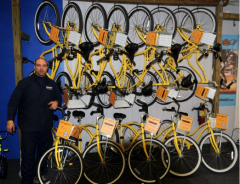 A first-in-the-region bikesharing program has increased transportation options and improved public health in this town 40 miles outside Philadelphia. Our new report on smarter mobility demonstrates how existing and emerging technologies can squeeze more capacity from over-burdened highways, help commuters avoid traffic delays and expand and improve transportation options, all while saving money and creating jobs. (From our series of 14 case studies.)
A first-in-the-region bikesharing program has increased transportation options and improved public health in this town 40 miles outside Philadelphia. Our new report on smarter mobility demonstrates how existing and emerging technologies can squeeze more capacity from over-burdened highways, help commuters avoid traffic delays and expand and improve transportation options, all while saving money and creating jobs. (From our series of 14 case studies.)
U.S. Department of Housing and Urban Development will award $100 million in grants for livable and sustainable communities
For the first time in the agency’s history, the U.S. Department of Housing and Urban Development awarded $100 million in grants today to help communities become more livable and sustainable, by connecting housing to jobs and transportaiton options. The 45 regional winners from communities small and large across the country embody precisely the kind of innovation and creativity federal policy should be supporting.
Smarter transportation case study #6: Managed lanes with peak-period transit discounts in Minneapolis
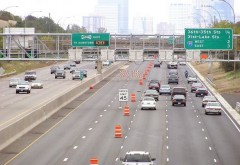 In Minneapolis, priority lanes and differential pricing have cleared a key interstate during peak hours and allowed more commuters to utilize public transit. Our new report on smarter mobility demonstrates how existing and emerging technologies can squeeze more capacity from over-burdened highways, help commuters avoid traffic delays and expand and improve transportation options, all while saving money and creating jobs. (From our series of 14 case studies.)
In Minneapolis, priority lanes and differential pricing have cleared a key interstate during peak hours and allowed more commuters to utilize public transit. Our new report on smarter mobility demonstrates how existing and emerging technologies can squeeze more capacity from over-burdened highways, help commuters avoid traffic delays and expand and improve transportation options, all while saving money and creating jobs. (From our series of 14 case studies.)
Smarter transportation case study #5: Traffic signal optimization; Portland, Oregon
 Portland officials improved the timing and coordination of traffic signals in 17 key intersections, resulting in lower auto emissions and less traffic. Our new report on smarter mobility demonstrates how existing and emerging technologies can squeeze more capacity from over-burdened highways, help commuters avoid traffic delays and expand and improve transportation options, all while saving money and creating jobs.
Portland officials improved the timing and coordination of traffic signals in 17 key intersections, resulting in lower auto emissions and less traffic. Our new report on smarter mobility demonstrates how existing and emerging technologies can squeeze more capacity from over-burdened highways, help commuters avoid traffic delays and expand and improve transportation options, all while saving money and creating jobs.
Smarter transportation case study #4: Dynamic Parking Pricing, San Francisco
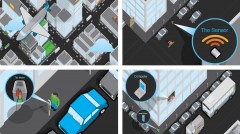 SFpark has reduced idle driving time and cut congestion by making it easier to track and locate parking in San Francisco. In 2009, 30 percent of driving San Francisco consisted of drivers circling around the block looking for parking. Now, city officials are pursuing an intelligent parking-pricing model called “SFpark” to cut down on the wasted time and fuel that too often results from this elusive parking search. (From our 14 case studies on smarter transportation.)
SFpark has reduced idle driving time and cut congestion by making it easier to track and locate parking in San Francisco. In 2009, 30 percent of driving San Francisco consisted of drivers circling around the block looking for parking. Now, city officials are pursuing an intelligent parking-pricing model called “SFpark” to cut down on the wasted time and fuel that too often results from this elusive parking search. (From our 14 case studies on smarter transportation.)
Smarter transportation case study #3: Specialized Customer Information: Pittsburgh, Pa.
The ACCESS program integrates non-profit and for-profit transit providers to maximize service for older residents and the disabled. Our new report on smarter mobility demonstrates how these existing and emerging technologies can squeeze more capacity from over-burdened highways, help commuters avoid traffic delays and expand and improve transportation options, all while saving money and creating jobs.





